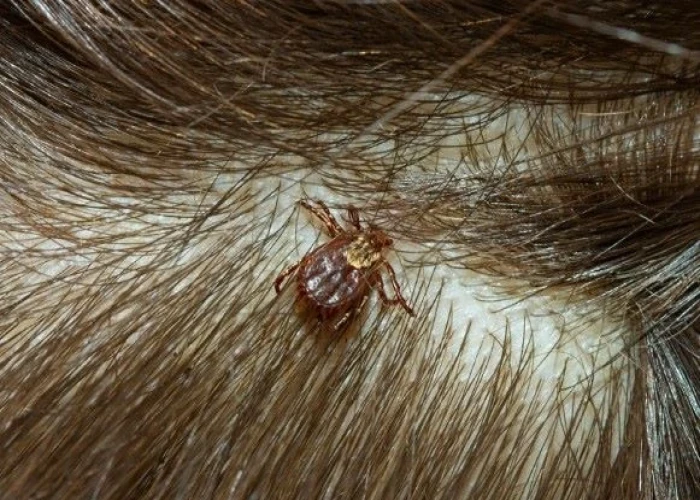 Welcome
Welcome
“May all be happy, may all be healed, may all be at peace and may no one ever suffer."
Rocky Mountain spotted fever
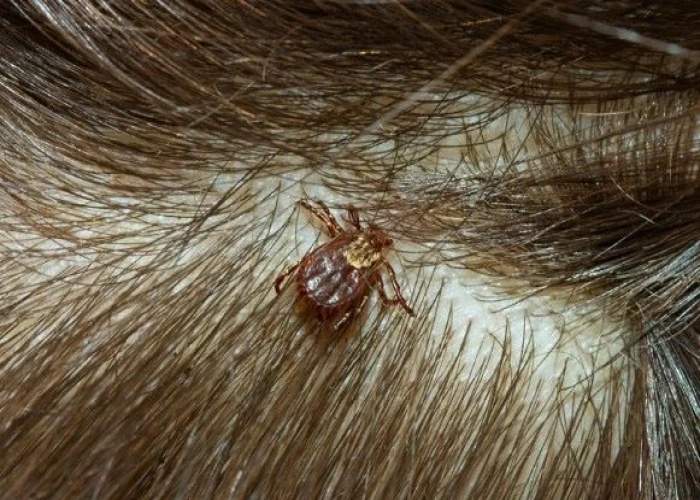
Rocky Mountain spotted fever (RMSF) is a serious bacterial infection that is spread to humans through the bite of an infected tick. The disease is caused by the bacterium Rickettsia rickettsii and is most commonly found in the western and southeastern regions of the United States.
Symptoms of RMSF usually appear within 2 to 14 days after the tick bite and can include fever, headache, muscle pain, vomiting, and rash. The rash often appears 2 to 5 days after the onset of fever and may first appear on the wrists and ankles before spreading to the rest of the body.
Without prompt treatment, RMSF can lead to serious complications, including damage to the heart, lungs, kidneys, and brain. In severe cases, the disease can be fatal.
Treatment for RMSF usually involves the use of antibiotics, such as doxycycline, which are most effective when started early in the course of the disease. Supportive care, such as intravenous fluids and oxygen therapy, may also be necessary in more severe cases.
Prevention of RMSF involves avoiding contact with ticks and taking steps to prevent tick bites, such as wearing long sleeves and pants when in wooded areas, using insect repellent, and checking for ticks after spending time outdoors. It is also important to promptly remove any ticks that are found on the body.
If you suspect that you may have been exposed to ticks or have symptoms of RMSF, it is important to seek medical attention promptly to receive appropriate treatment and prevent serious complications.
Research Papers
Disease Signs and Symptoms
- Fever
- Fever and chills
- Headaches
- Muscle pain
- Nausea or vomiting
- Confusion (Hallucinations)
Disease Causes
Rocky Mountain spotted fever
Rocky Mountain spotted fever is caused by infection with the organism Rickettsia rickettsii. Ticks carrying R. rickettsii are the most common source of infection.
If an infected tick attaches itself to your skin and feeds on your blood for six to 10 hours, you may pick up the infection. But you may never see the tick on you.
Rocky Mountain spotted fever primarily occurs when ticks are most active and during warm weather when people tend to spend more time outdoors. Rocky Mountain spotted fever cannot be spread from person to person.
Disease Prevents
Rocky Mountain spotted fever
You can decrease your chances of contracting Rocky Mountain spotted fever by taking some simple precautions:
- Wear long pants and sleeves. When walking in wooded or grassy areas, wear shoes, long pants tucked into socks and long-sleeved shirts. Try to stick to trails and avoid walking through low bushes and long grass.
- Use insect repellents. Products containing DEET (Off! Deep Woods, Repel) often repel ticks. Be sure to follow the instructions on the label. Clothing that has permethrin impregnated into the fabric is toxic to ticks and also may be helpful in decreasing tick contact when outdoors.
- Do your best to tick-proof your yard. Clear brush and leaves where ticks live. Keep woodpiles in sunny areas.
- Check yourself and your pets for ticks. Do this after being in wooded or grassy areas. Some ticks are no bigger than the head of a pin, so you may not discover them unless you are very careful.
- Remove a tick with tweezers. Gently grasp the tick near its head or mouth. Don't squeeze or crush the tick, but pull carefully and steadily. Once you have the entire tick removed, wash the bite area with rubbing alcohol or soap and water.
- Soak the tick in alcohol or flush it down the toilet. Wash your hands thoroughly to make sure any infected tick fluid is completely removed.
- Though there are many purportedly effective methods for helping to remove a tick, such as petroleum jelly, alcohol or even applying a hot match to the tick's body, none is a good method for tick removal.
Disease Treatments
People who develop Rocky Mountain spotted fever are much more likely to avoid complications if treated within five days of developing symptoms. That's why your doctor will probably have you begin antibiotic therapy before receiving conclusive test results.
Doxycycline (Monodox, Vibramycin, others) is the most effective treatment for Rocky Mountain spotted fever, but it's not a good choice if you're pregnant. In that case, your doctor may prescribe chloramphenicol as an alternative.
Disease Diagnoses
Disease Allopathic Generics
Disease Ayurvedic Generics
Disease Homeopathic Generics
Disease yoga
Rocky Mountain spotted fever and Learn More about Diseases
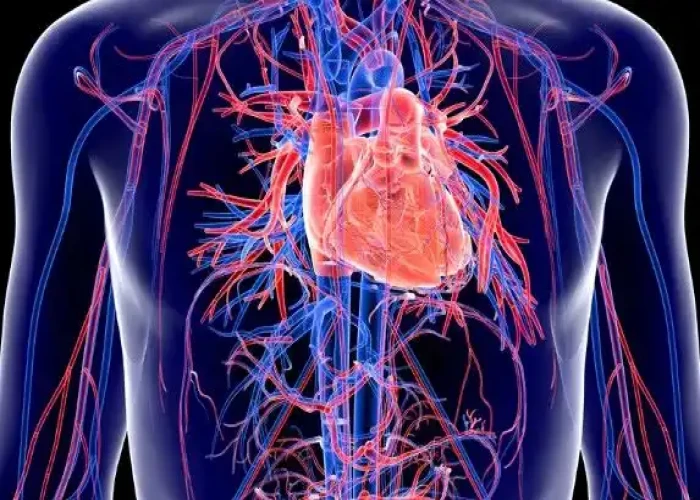
Transposition of the great arteries
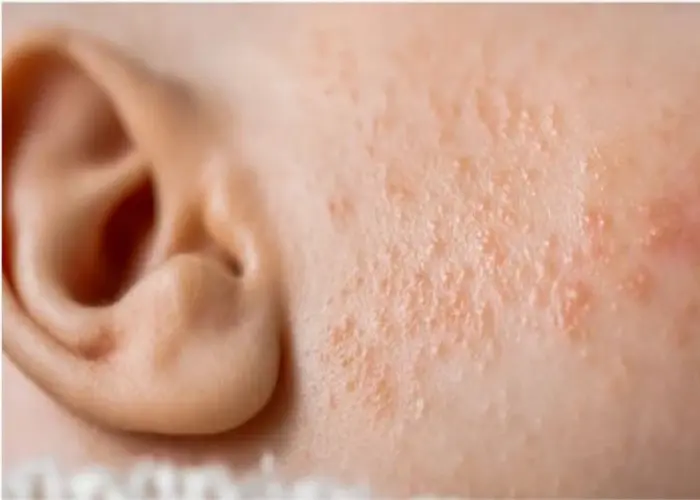
Baby acne

Myocardial ischemia

Dog Bite
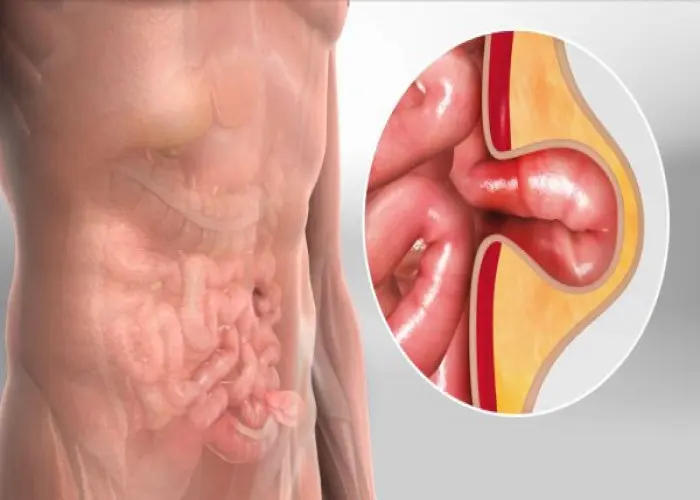
Hernia

Hypereosinophilic syndrome

Pet allergy

Cleft lip and cleft palate
rocky Mountain spotted fever, রকি মাউন্টেন স্পটটেড ফিভার, আএমএসএফ
To be happy, beautiful, healthy, wealthy, hale and long-lived stay with DM3S.
